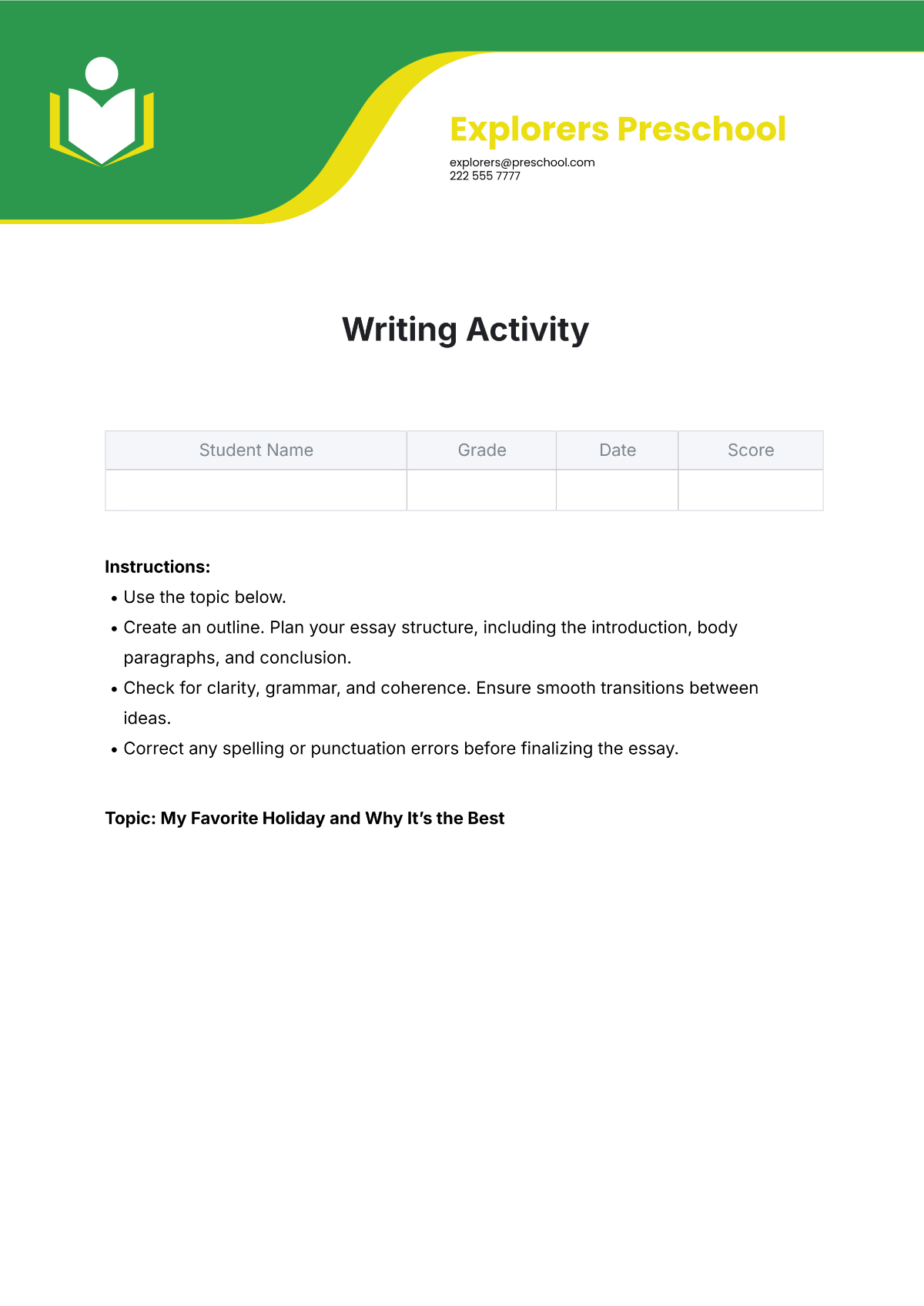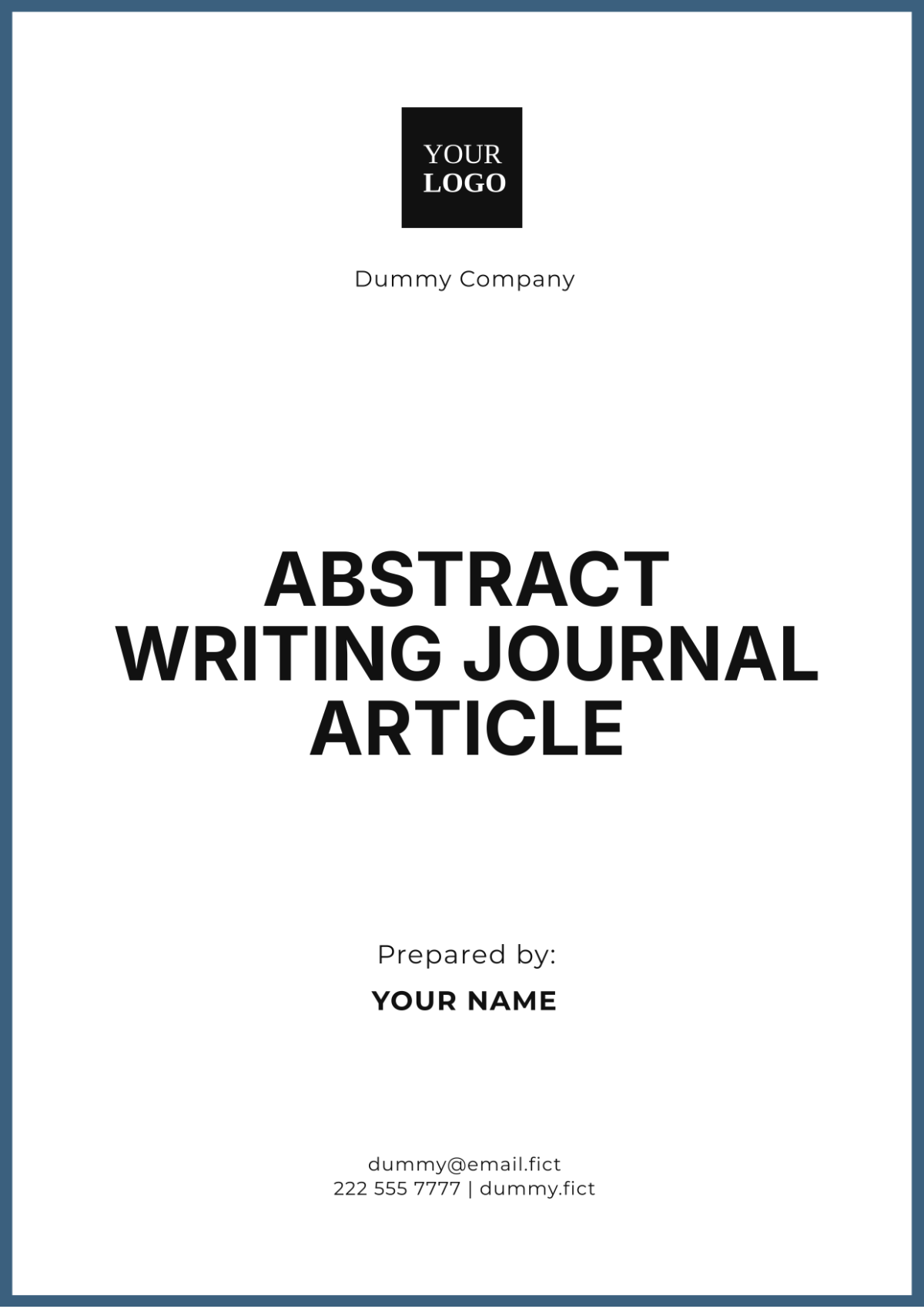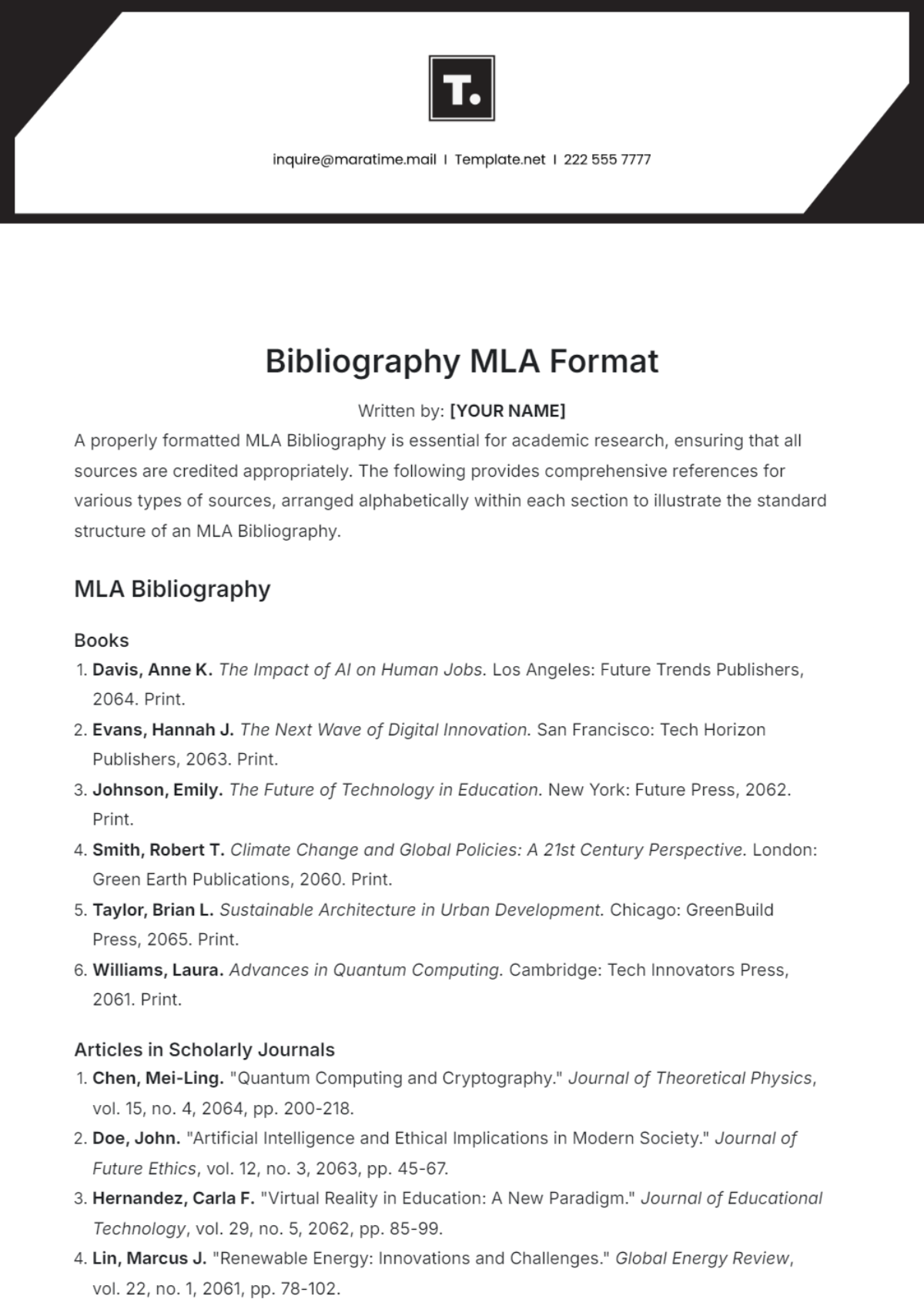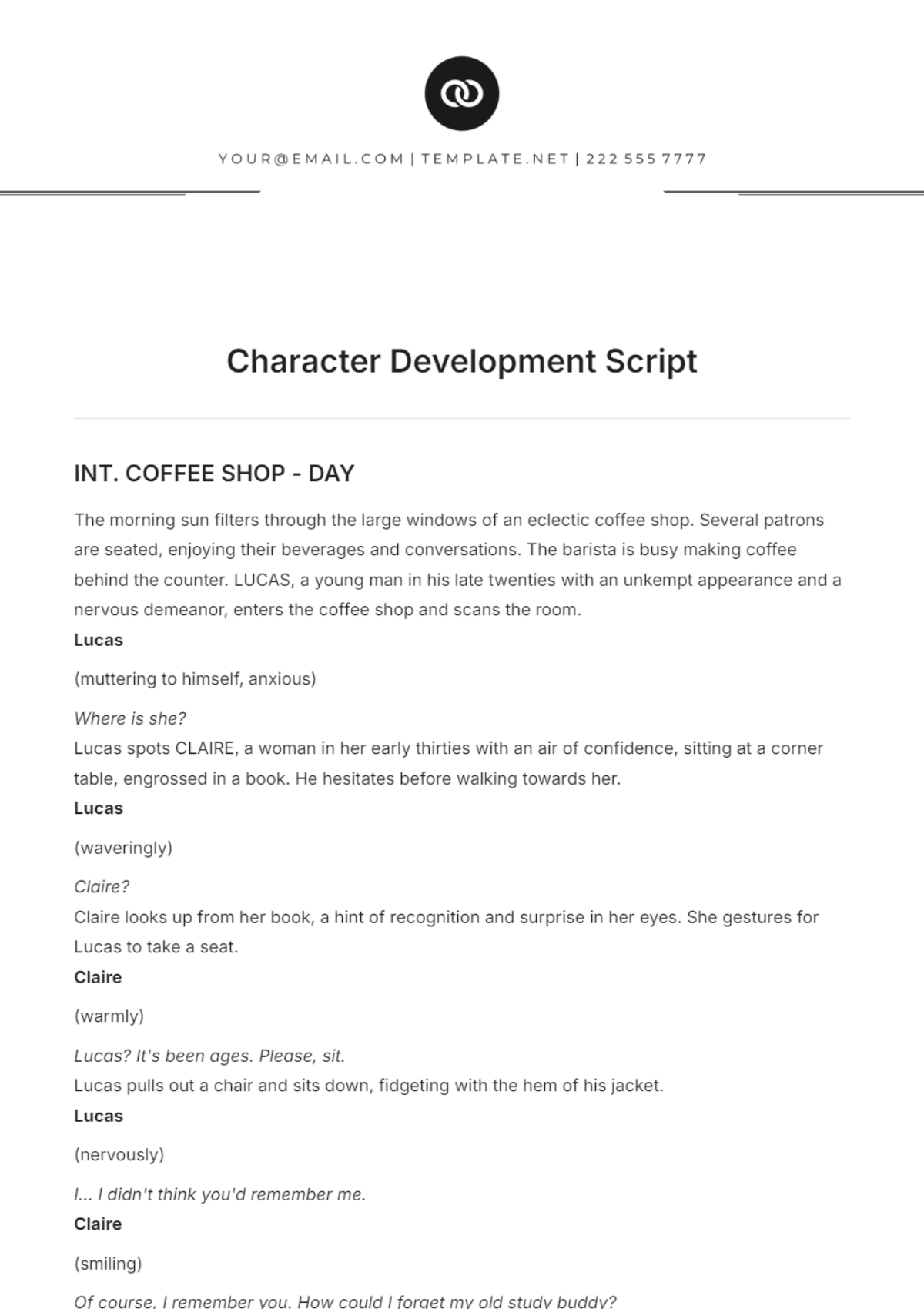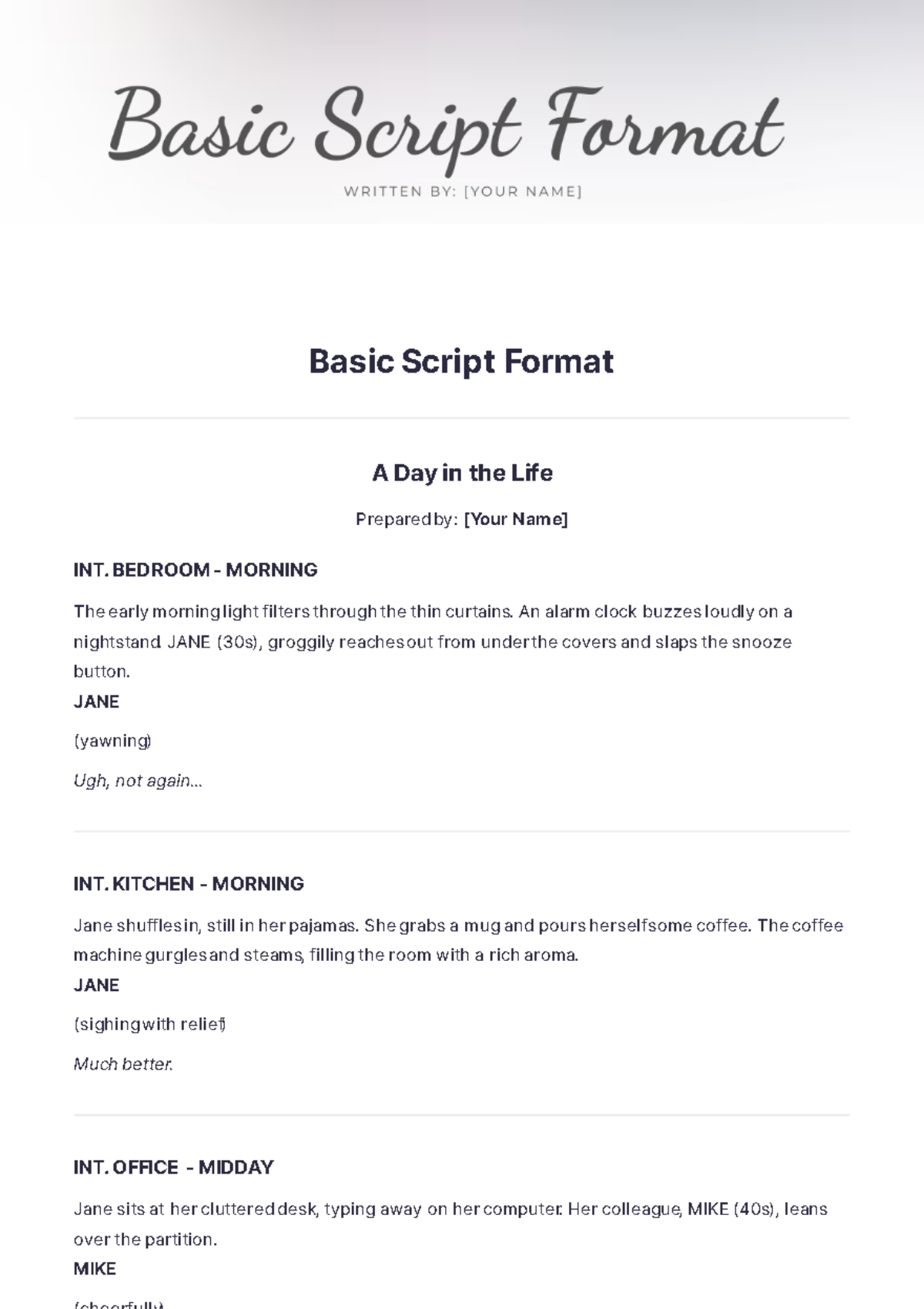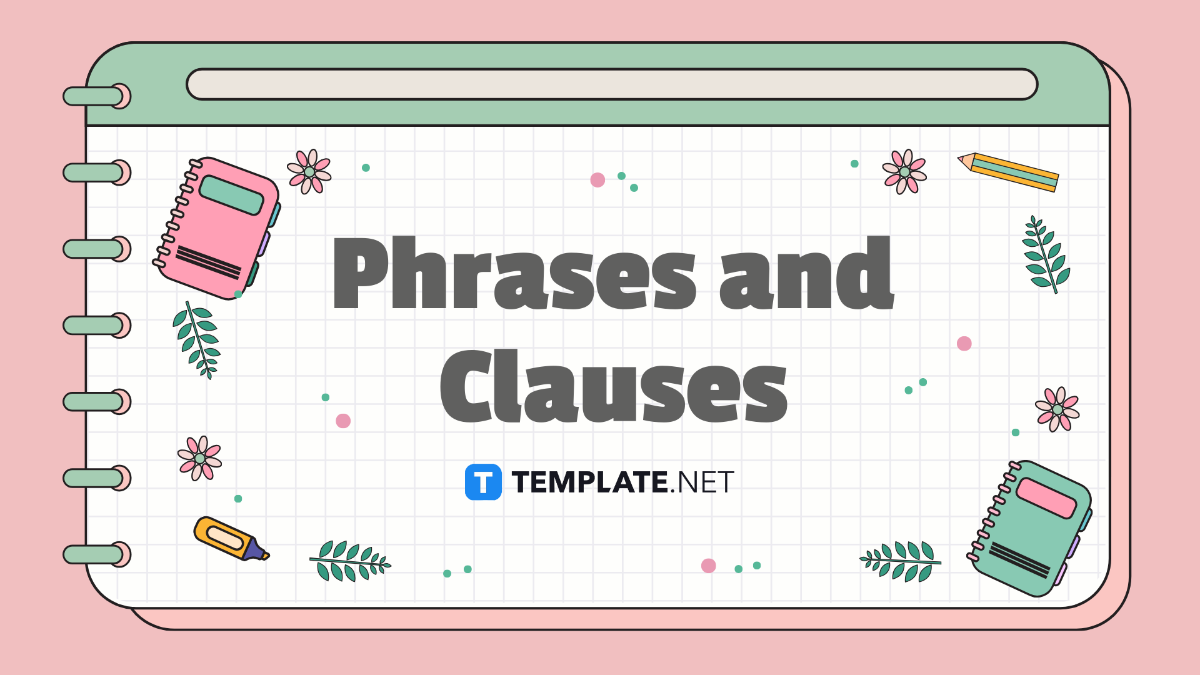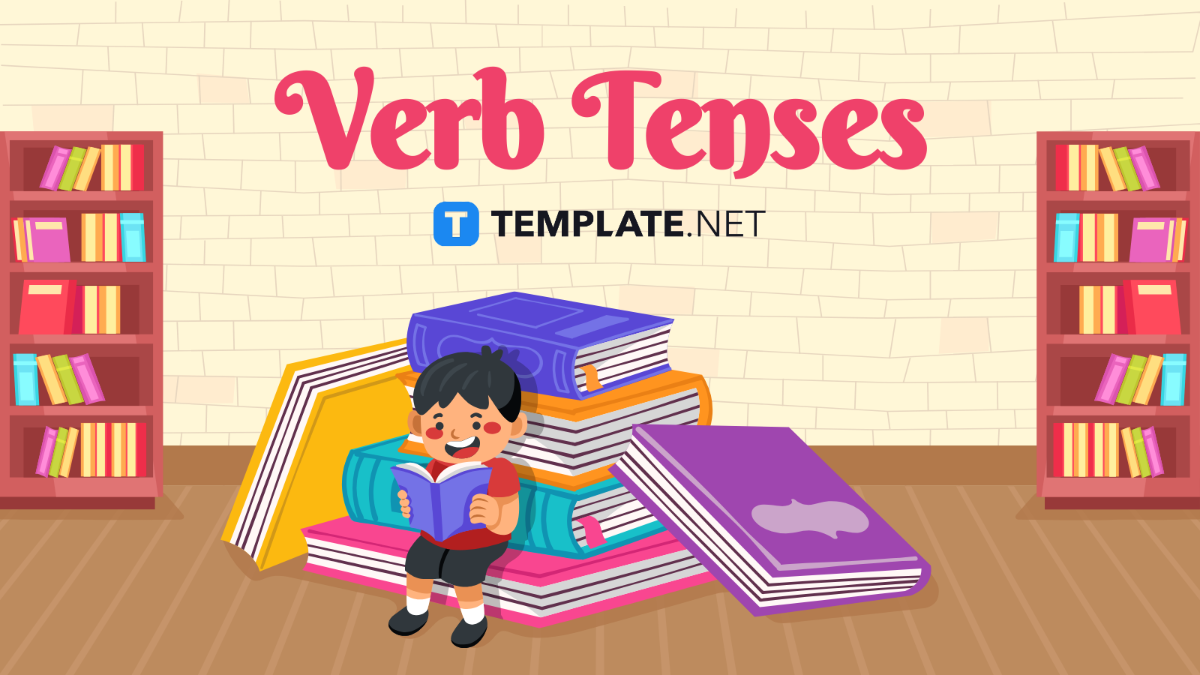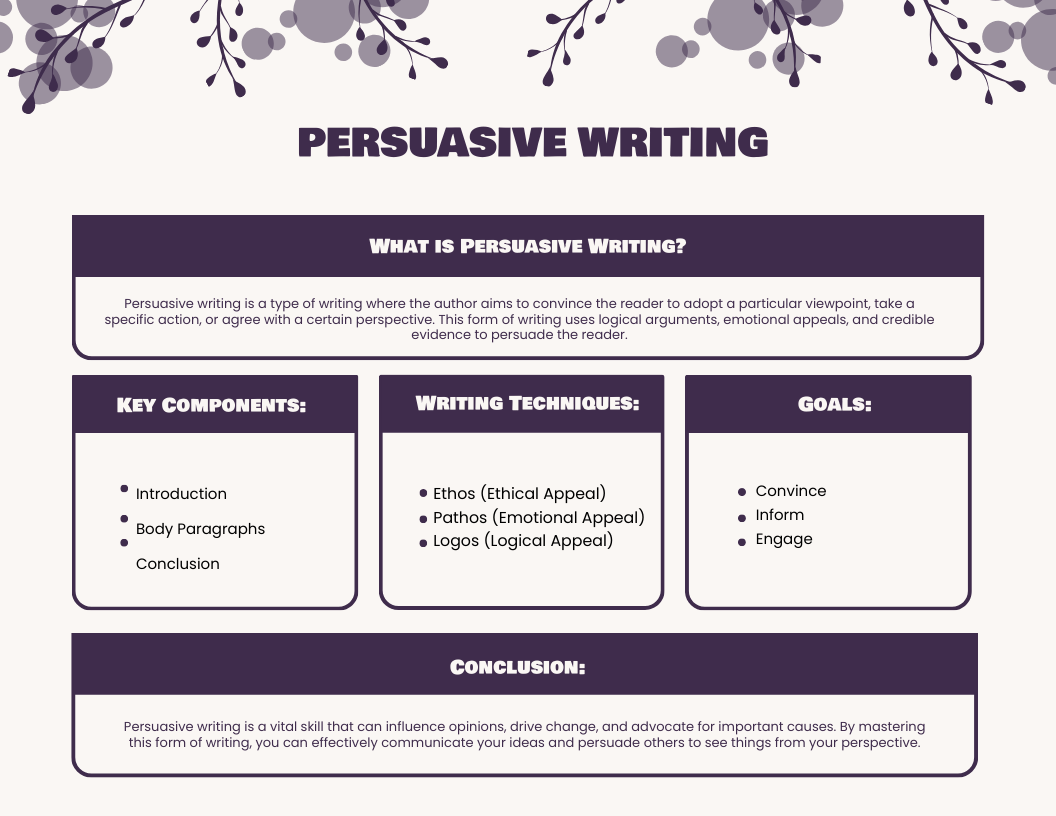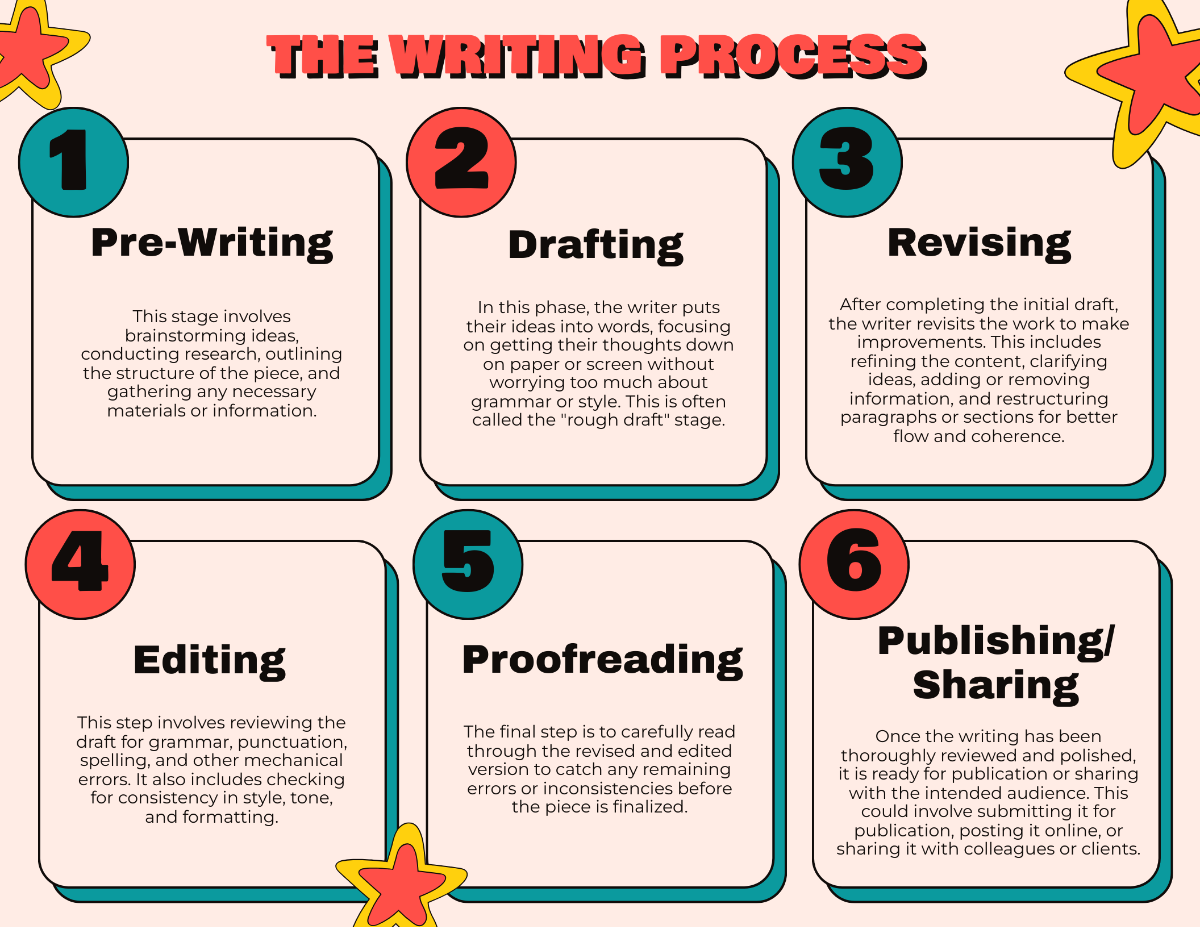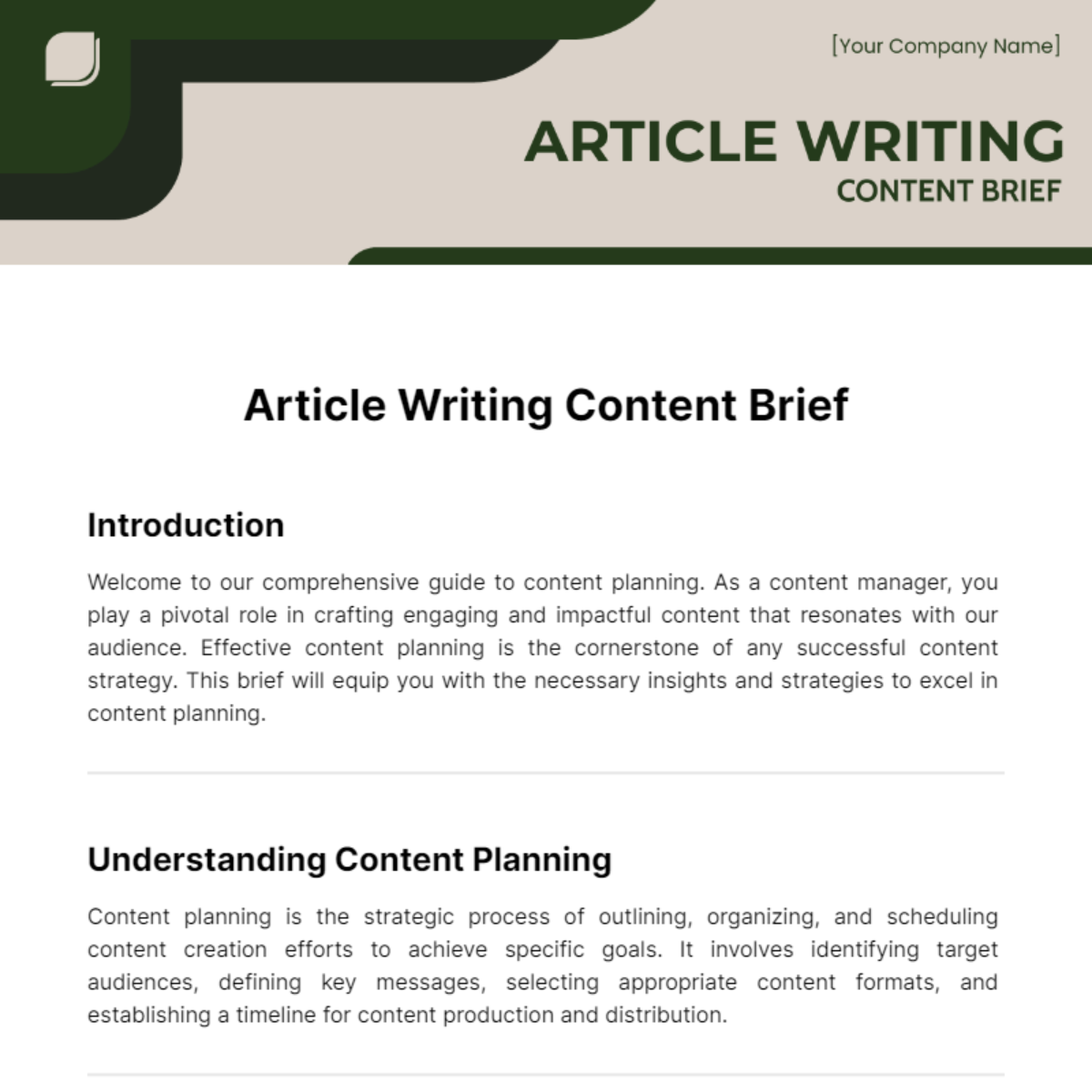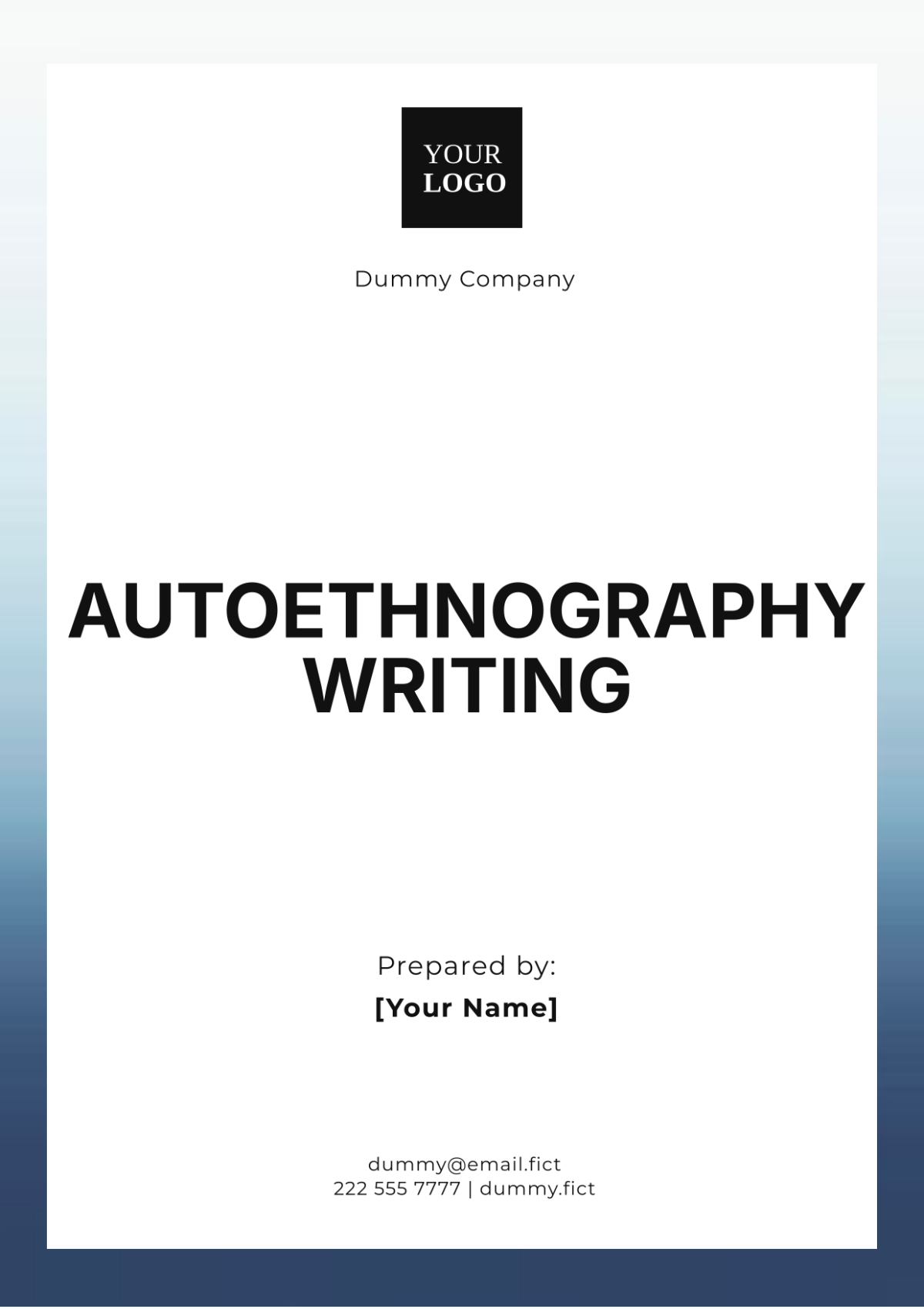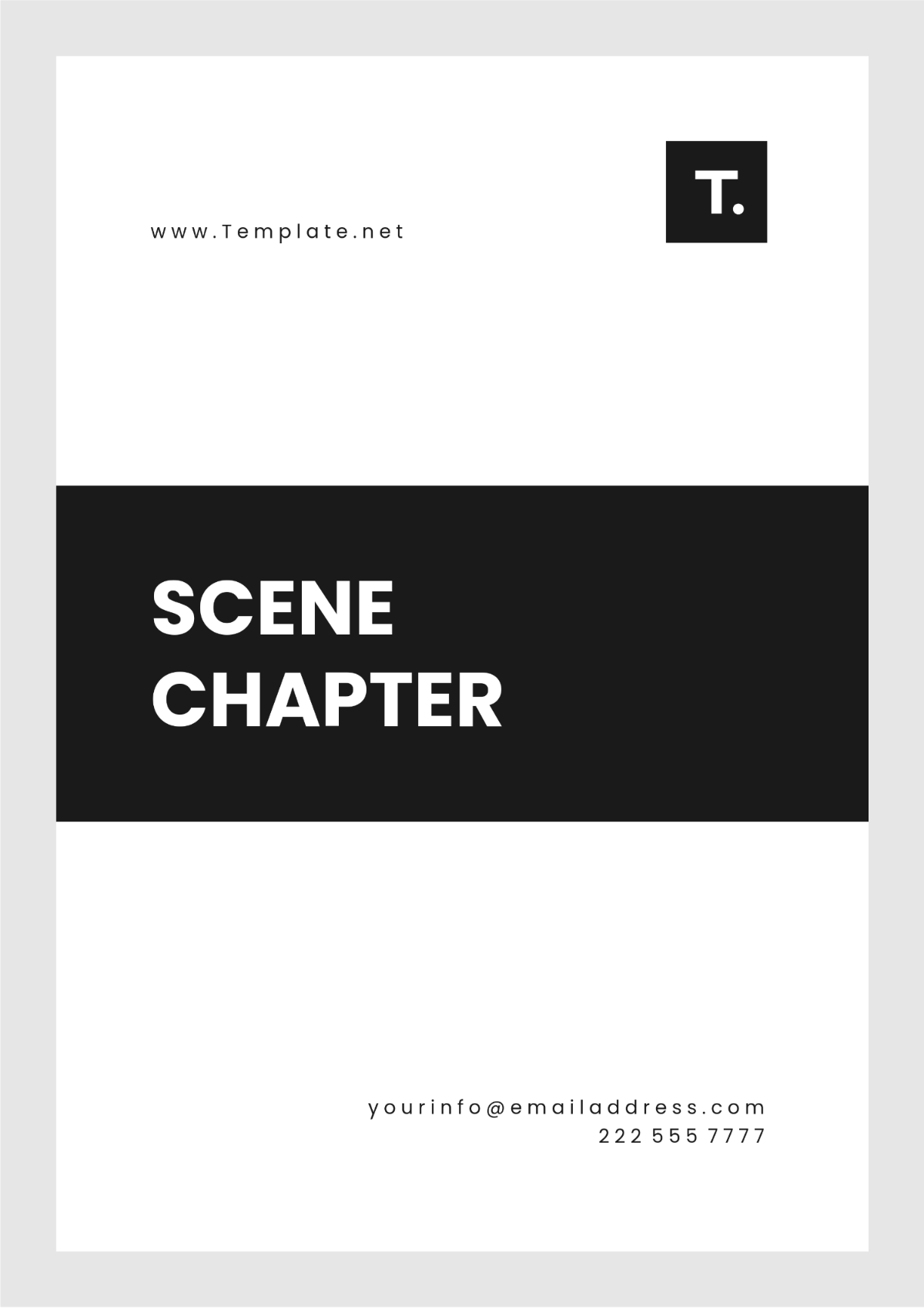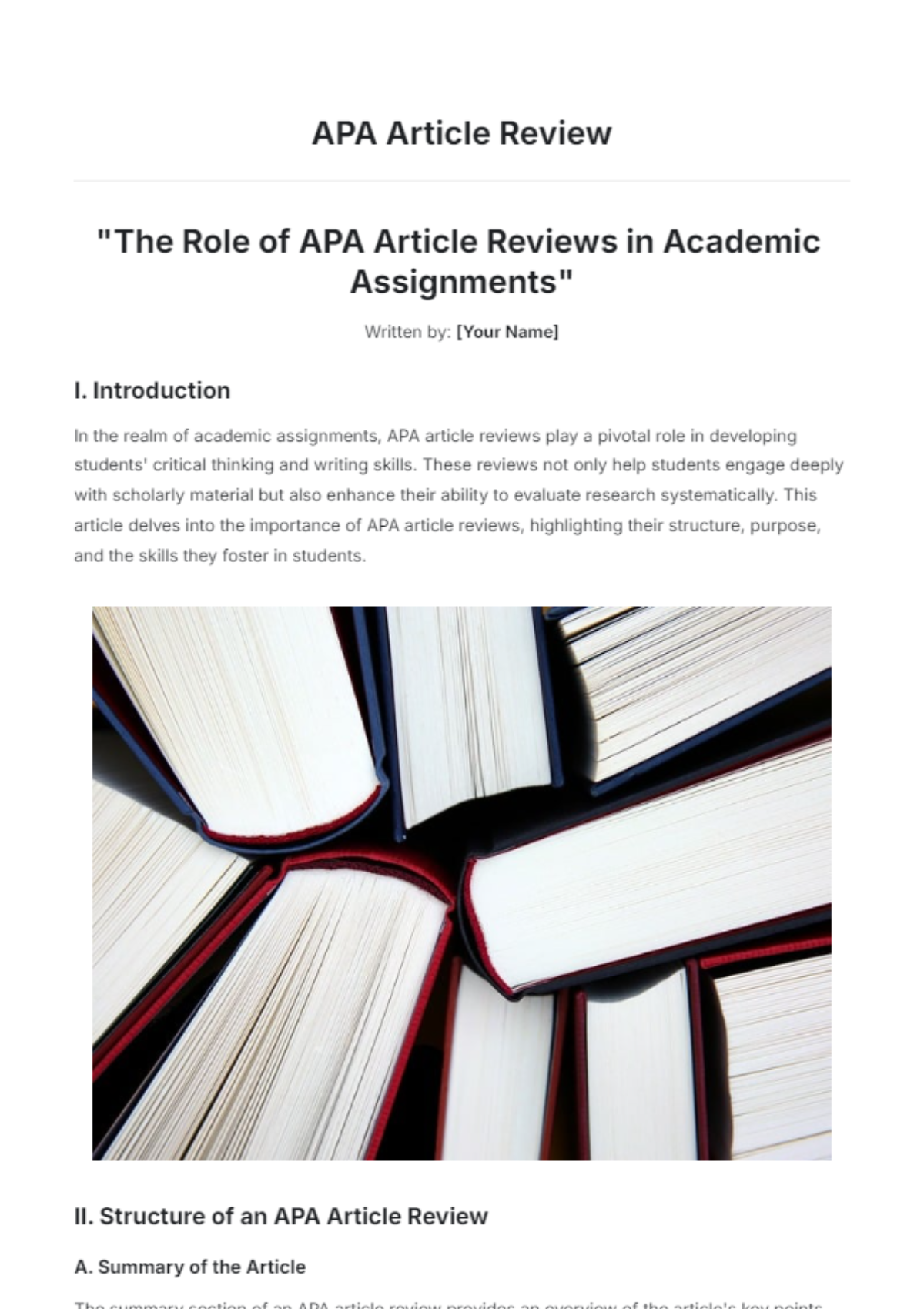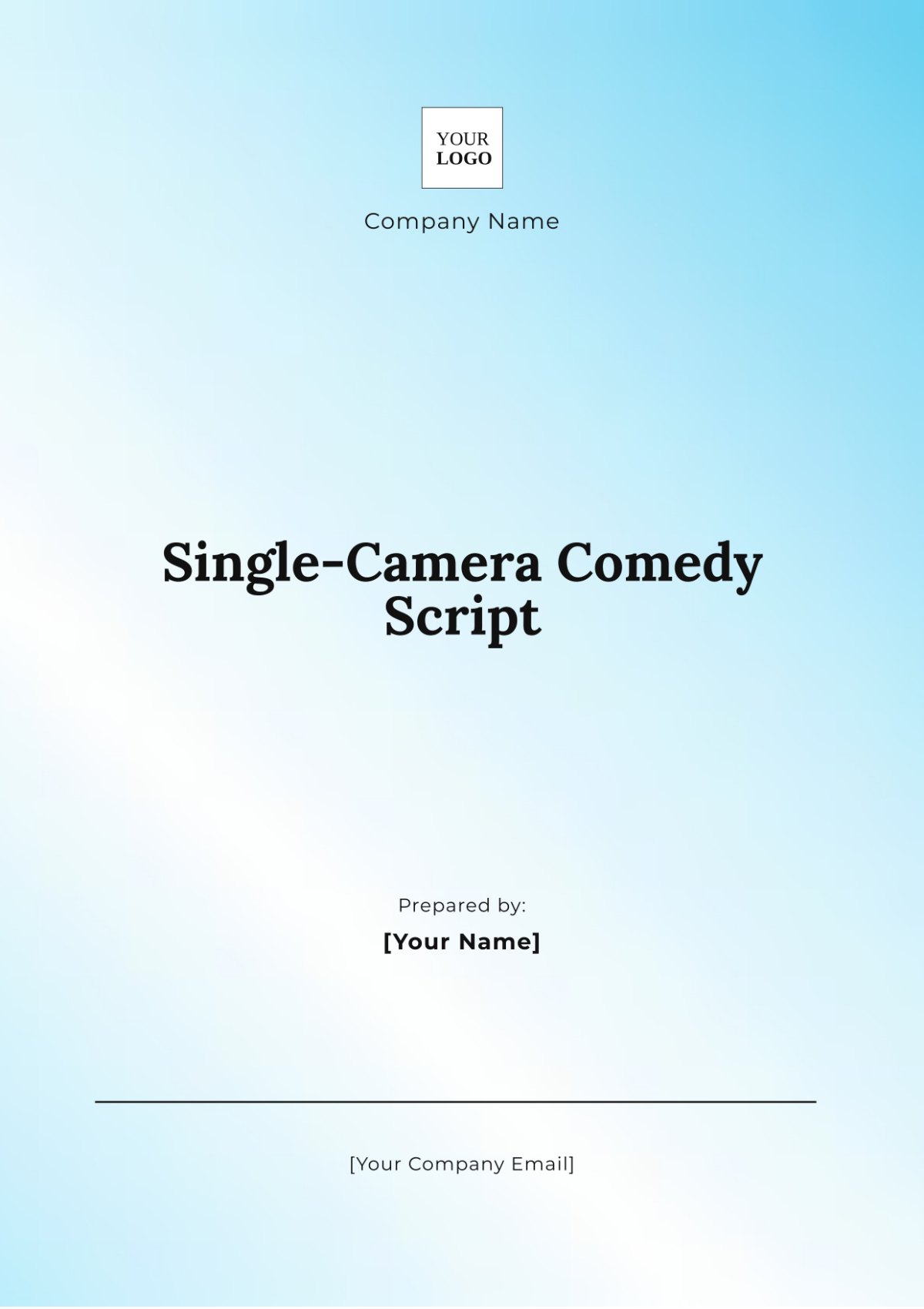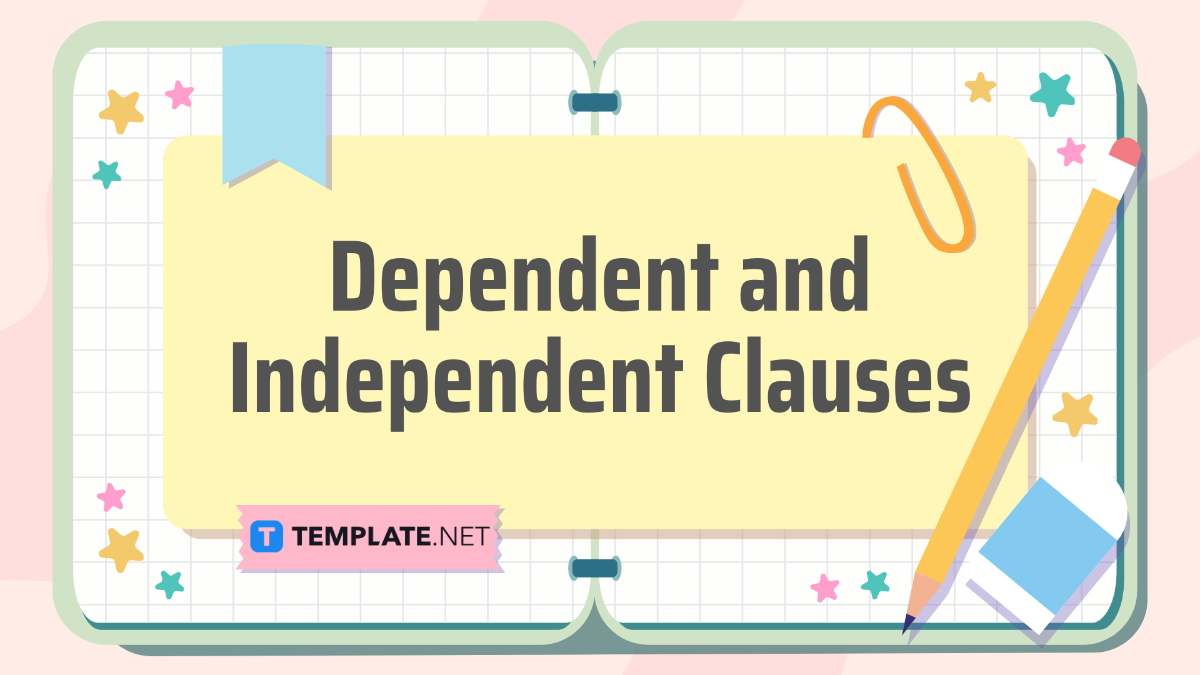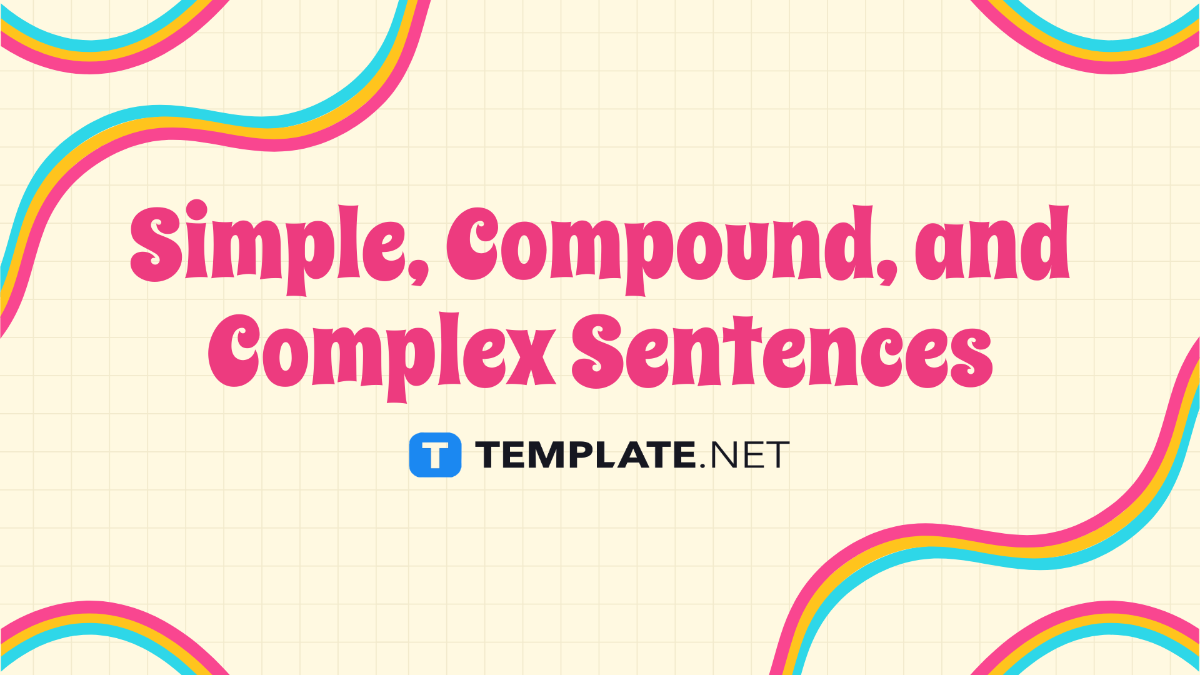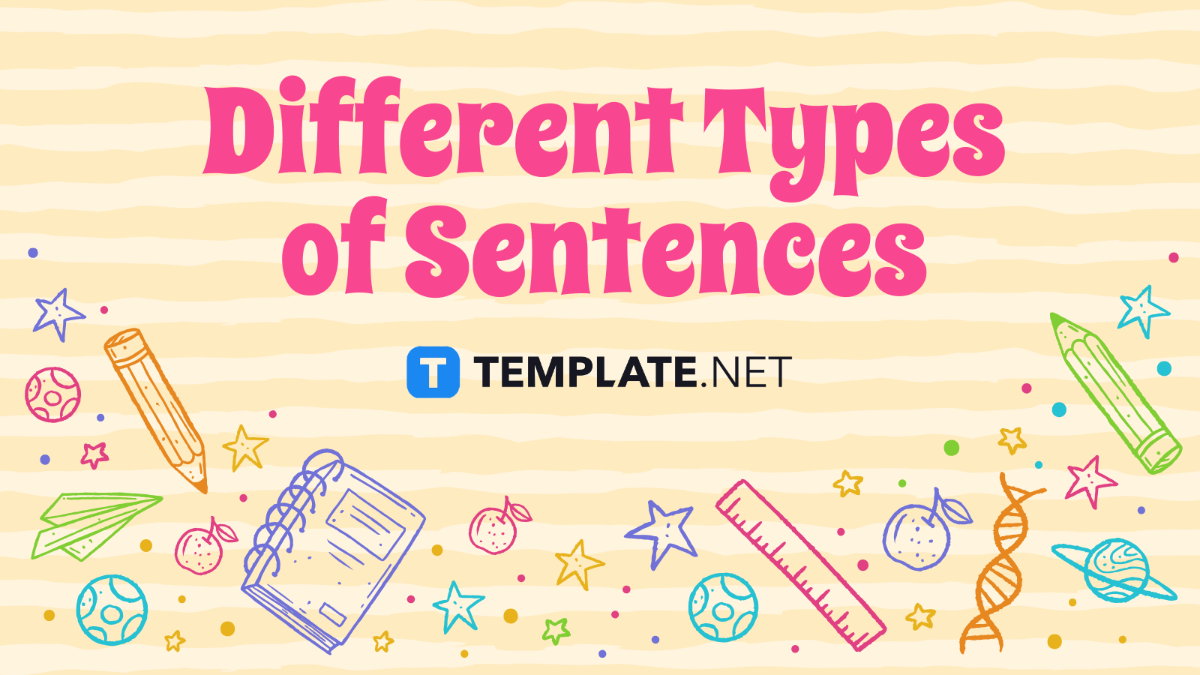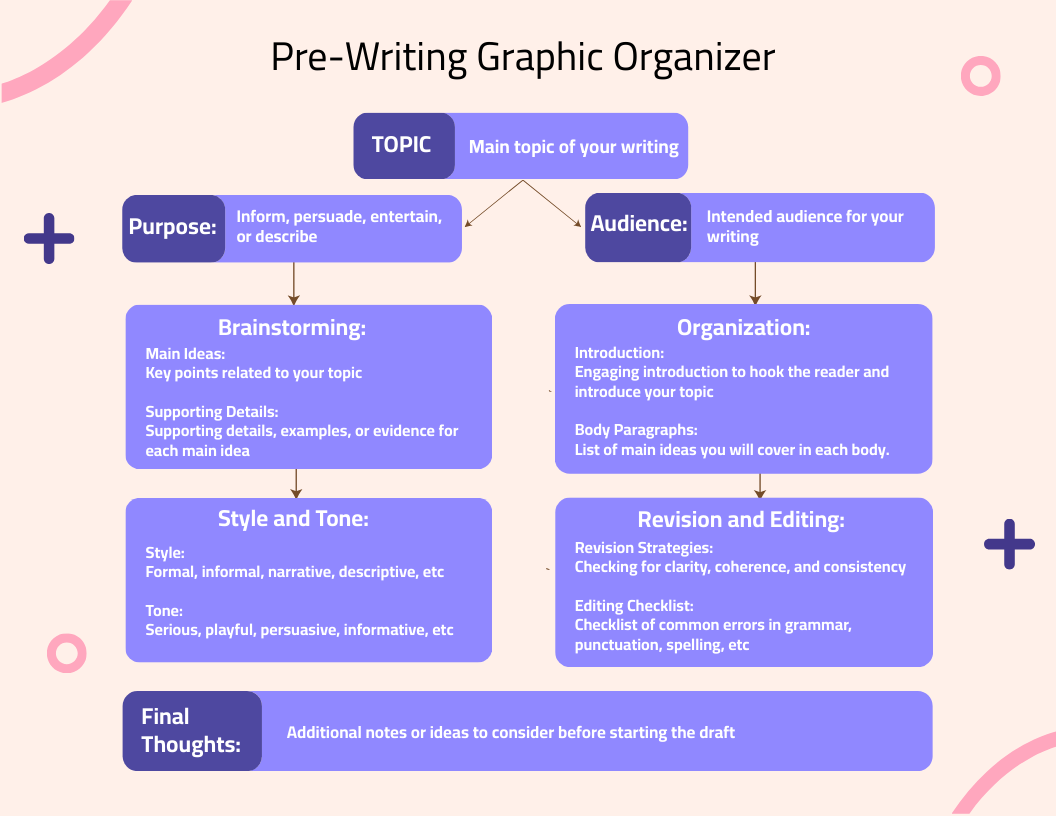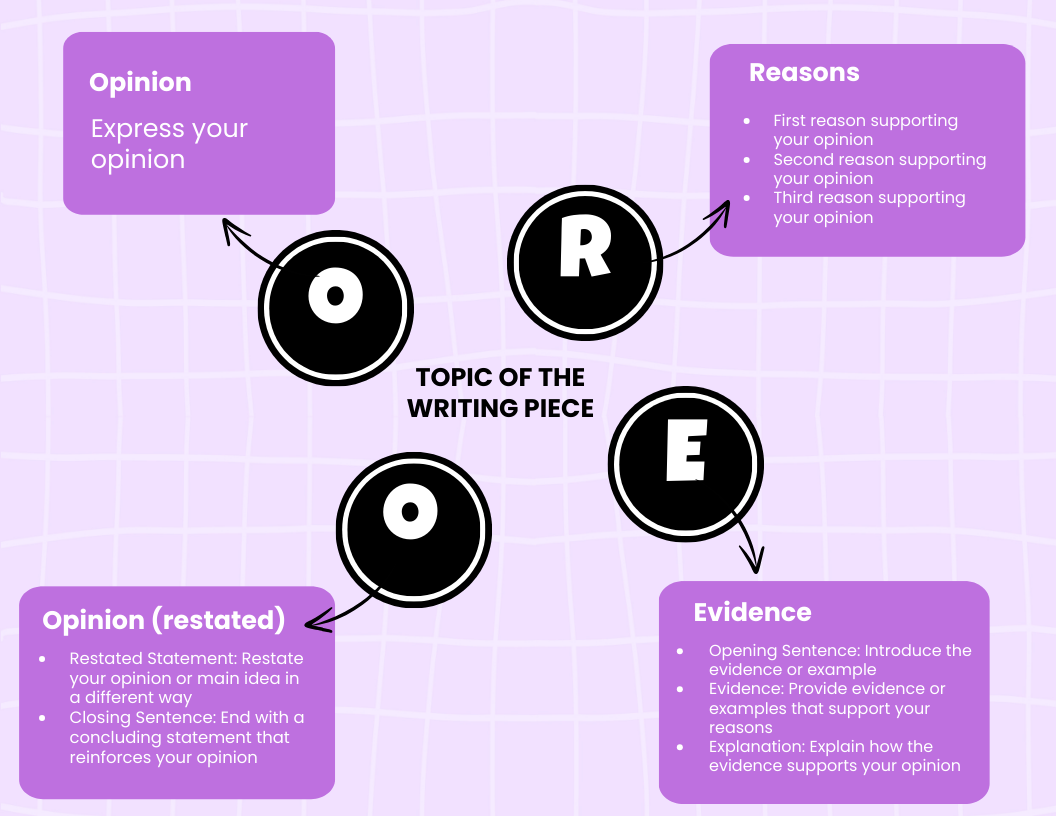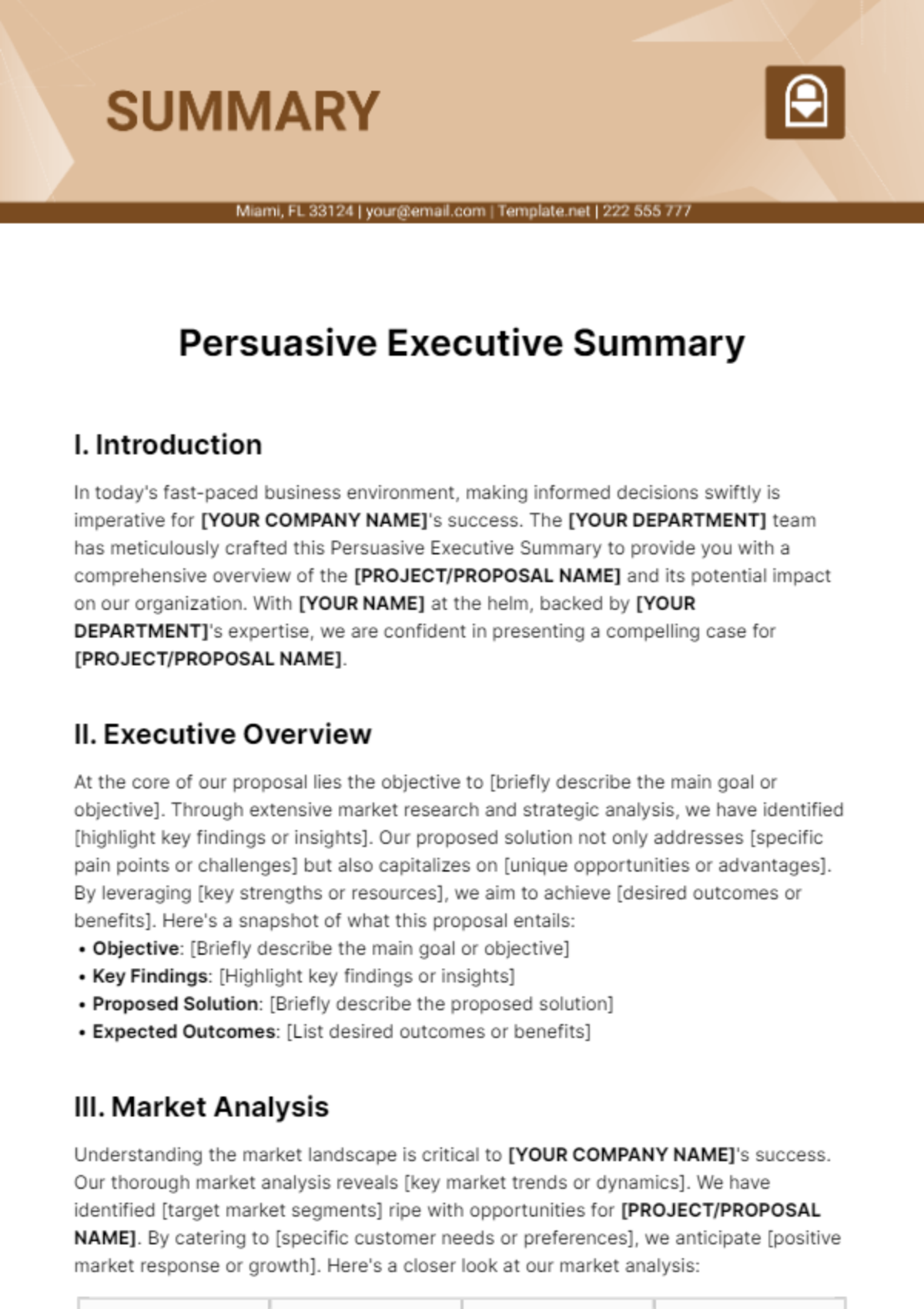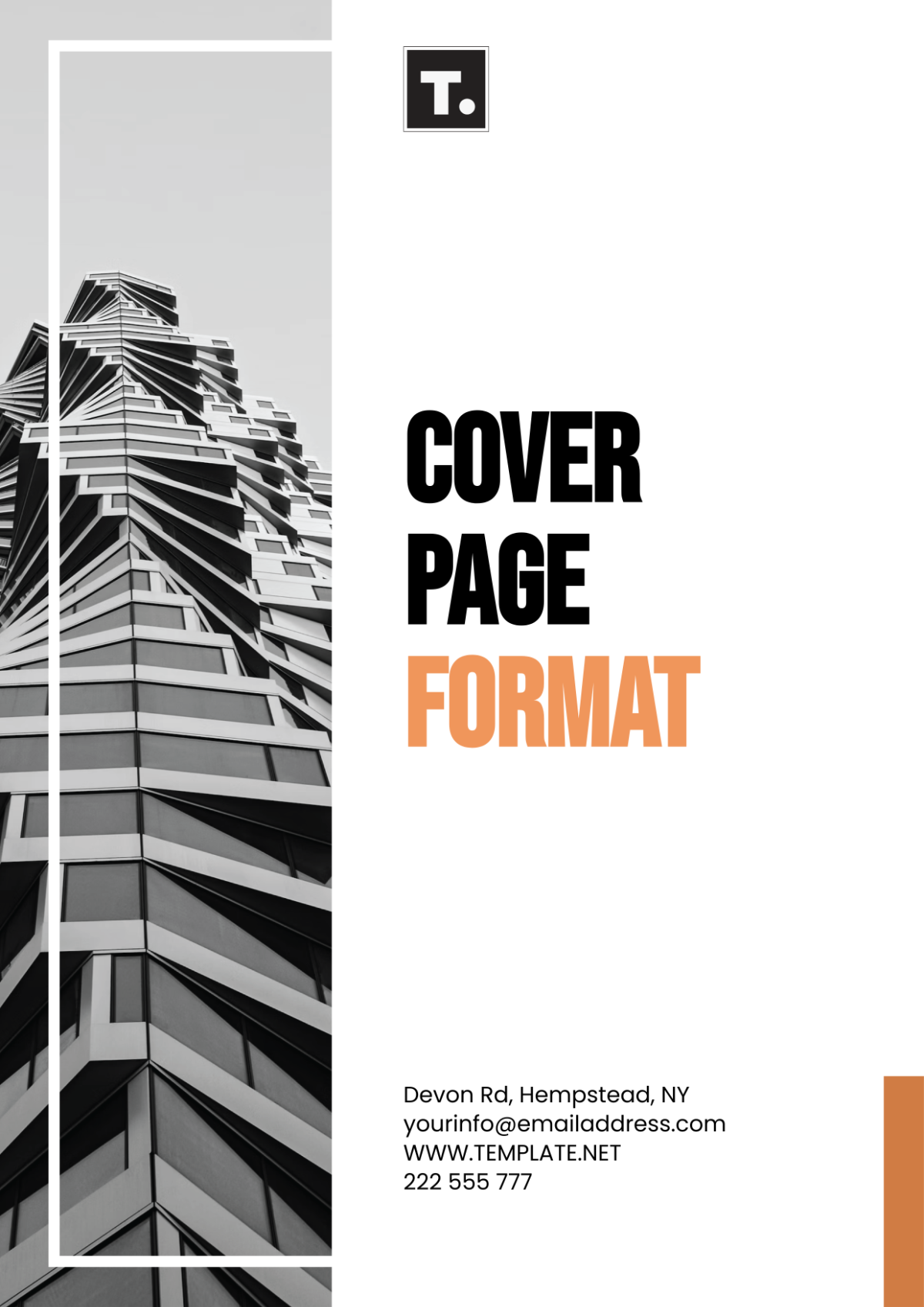Script Format
Script Title: Unexpected Allies
EXT. Forest - Day
A dense, misty forest. The sunlight barely pierces through the thick canopy. Birdsong and the rustling of leaves fill the air.
EXT. Forest Path - Day
Kate, a woman in her early thirties, rugged yet alert, walks cautiously. She carries a worn backpack and a machete strapped to her belt.
Kate (whispering to herself): Almost there. Just a few more miles.
She pauses, listening intently. A twig snaps nearby. Her eyes widen with alertness.
EXT. Forest - Different Part - Day
David, late twenties, shabby and exhausted, crouches behind a bush. He holds a makeshift spear, his hands trembling. His eyes dart around, scanning the surroundings.
David (muttering): I can do this... I have to.
He hears footsteps approaching and grips his spear tightly.
EXT. Forest Path - Day
Kate steps carefully, every sense on high alert. A glint of metal catches her eye from behind a bush.
Kate (commanding): Who's there? Show yourself!
Silence. Then, slowly, David stands, spear in hand, looking defensive but desperate.
EXT. Forest Path - Moments Later - Day
The two stand a few feet apart, sizing each other up. Kate's hand hovers near her machete.
David (cautious, pleading): I'm not your enemy. Just trying to survive. Like you.
Kate relaxes, just slightly, but doesn't release her grip on the machete.
Kate (probing): Who are you?
David lowers his spear a bit, showing he means no harm.
David: David. I’ve been on the run. It's been... chaotic.
Kate (sighs, understanding): Kate. Likewise. We should move. This place isn’t safe.
They share a knowing look, an unspoken agreement forming. Both turn and start walking deeper into the forest, side by side, ready for whatever comes next.
For more information regarding this script, you may contact [Your Name] at [Your Email].



